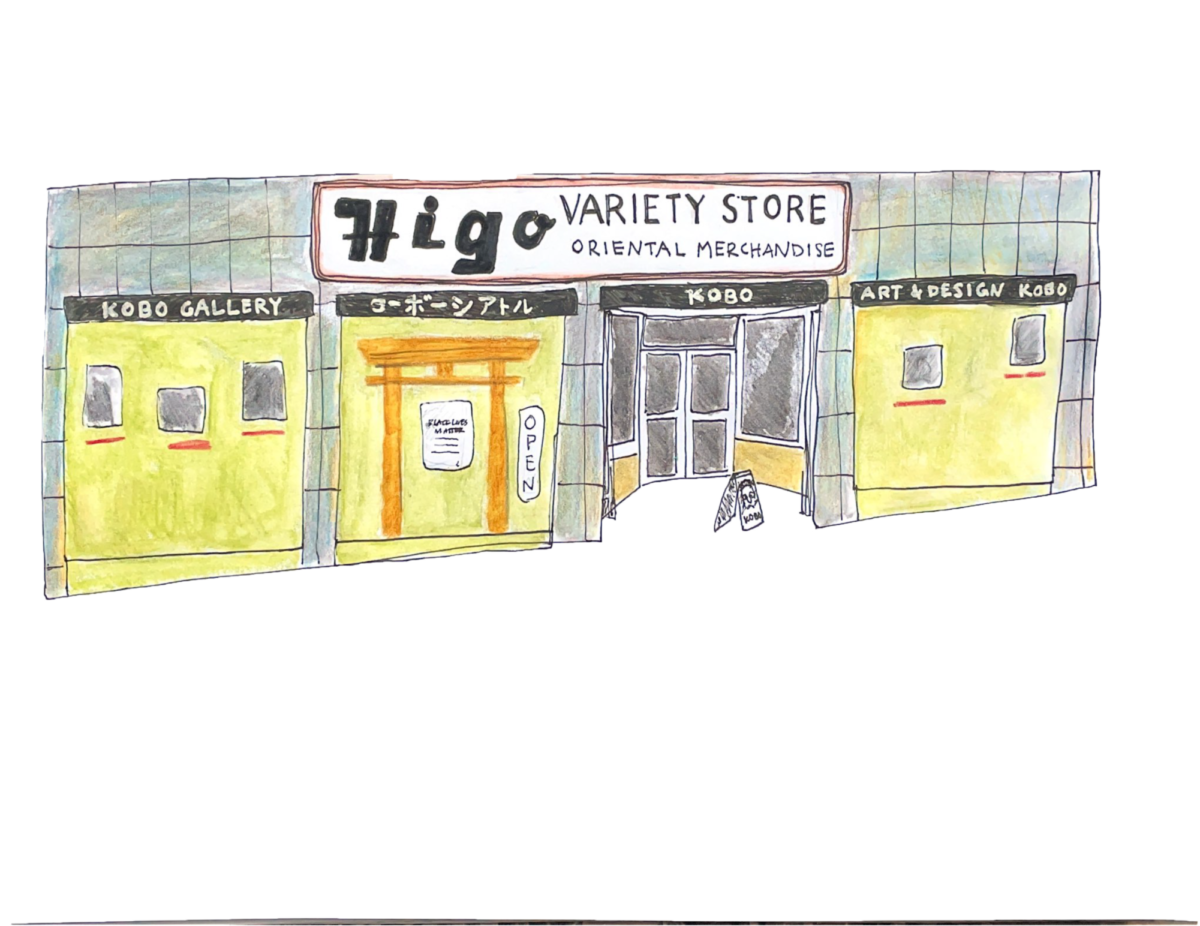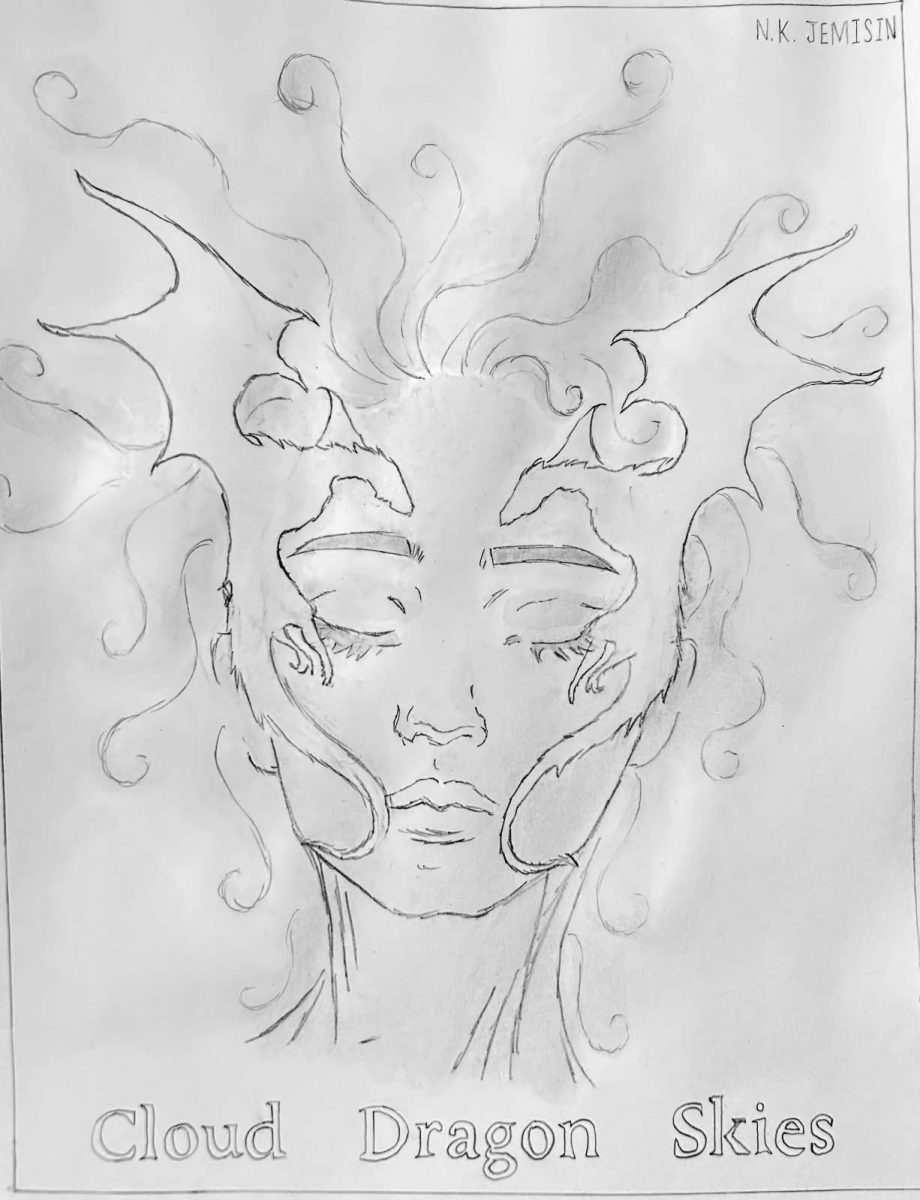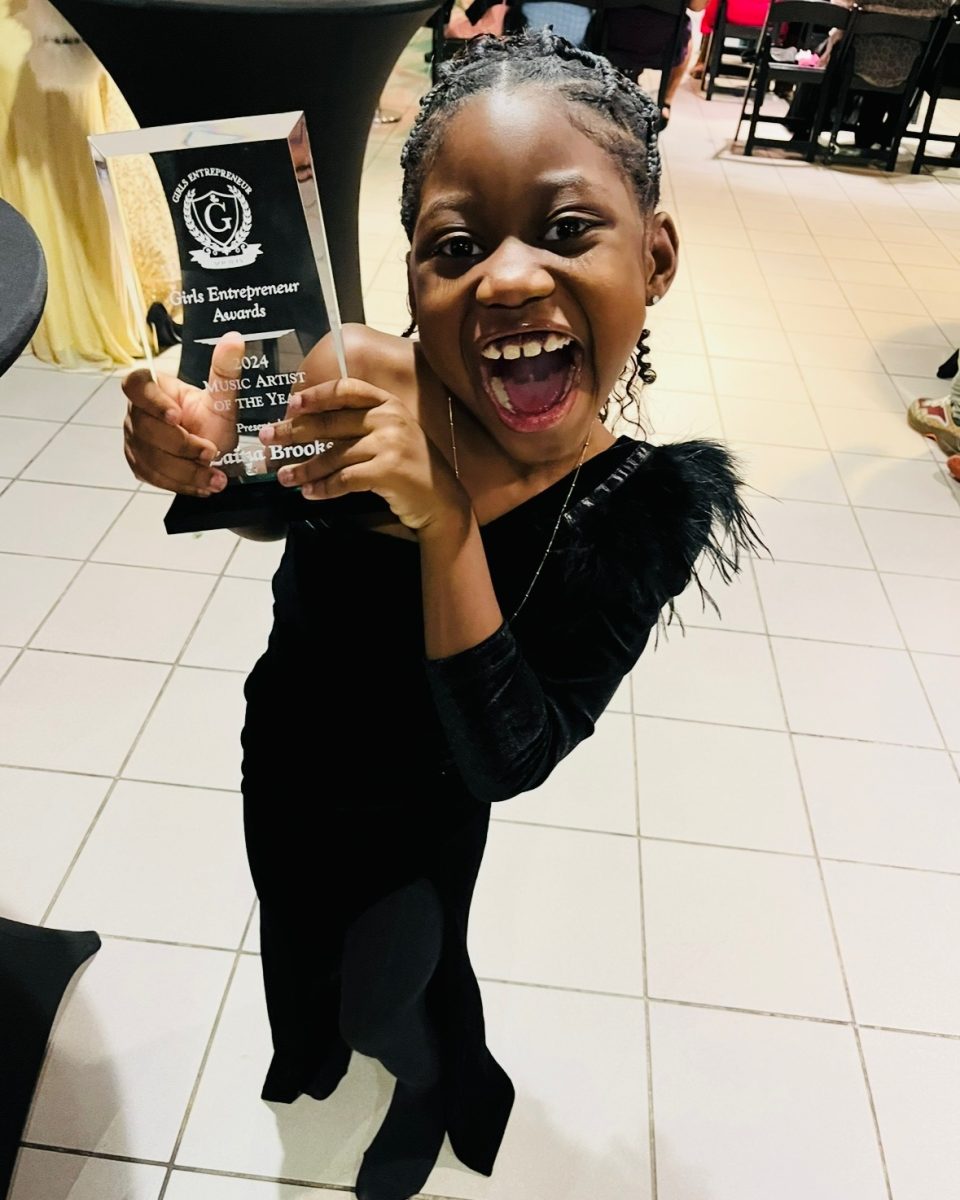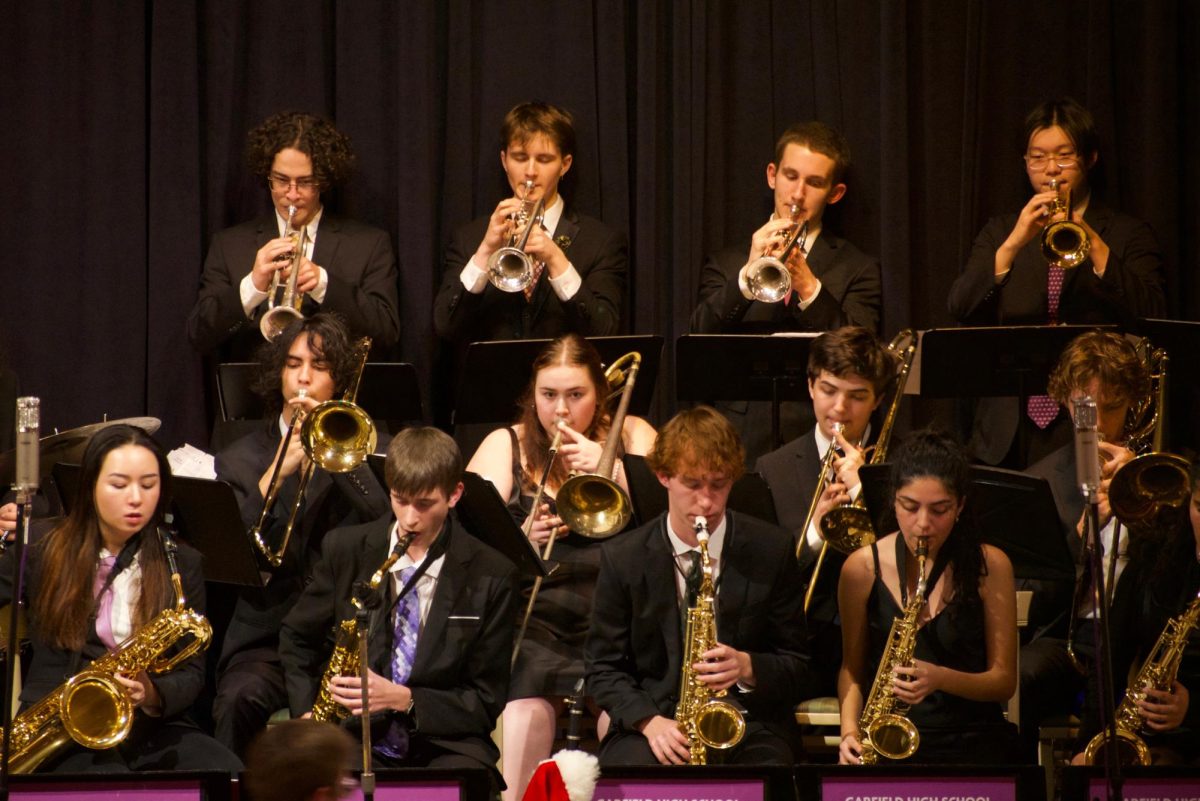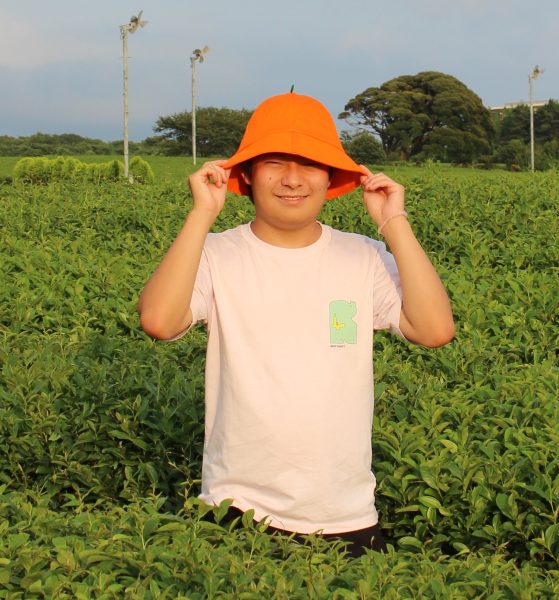Seattle’s Japantown has a vibrant and storied history, and nothing else tells the story of this history better than the businesses of the Japanese Community. One of the most notable businesses is Higo, established in 1909 by the Murakami family.Higo has occupied the same building on S Jackson St since 1932, and was known for selling traditional Japanese goods for ten cents. This store, and weathered banner above it, has seen it all, from World War II to COVID-19.
The Executive Order 9066 is one of the biggest hits the store has seen. During this time, the owners of Higo were forced into Minidoka internment camp. They stored the household goods and the store’s furniture in a hotel, boarded up the shop, and notoriously took a crowbar with them to camp as they knew that when they returned, their shop would probably not be in the same condition as it was when they left it. Thanks to their friends in the Jackson Loan Office, Julius Blumentahal and Maurie Zimmer that kept watch over the store, paid the bills, and sent updates to the family, when they returned, their shop was still intact. Business slowly resumed as they rebuilt their lives, and things got back to normal.
Today, the Murakami family still owns the space, though they decided to let another business move in because they were not able to continue running Higo. Higo is now called KOBO at Higo and is run by owners Binko Chiong-Bisbee and her husband John Bisbee. Binko and John are founders of KOBO, which is a business that has two stores, one on capital hill and the second one here. They sell simple, beautiful, and functional pieces for everyday living. Binko and John are doing their best to continue the legacy and conserve the space with the history of Higo’s business.
During COVID, KOBO at Higo struggled. Business came to a halt, and as Binko explained it, “it was dead. I mean, we were forced by the governor to shut down. We were not an essential business, so we had to shut down. We had to pivot and adjust and you know, we thought maybe a month or two, but a month or two turned into practically was it most of 2021? Yeah. And then even into 2020 it didn’t come back. Even today. Here we are. What is it? September 2023. We’re still down about 50% and a lot of it is due to life has changed. I mean, there are no downtown workers, so there isn’t the traffic of people that we used to have. You’ll see people going to restaurants and things, but I would say that most people would say it’s not nearly as robust as it was before the pandemic.” Their business struggled, and when asked if business will ever go back to normal, Binko said that, “it’s going to take a collective effort to make sure that does happen. We can’t just be passive about it. Just based on the economy, I think we need to kind of curate the neighborhood to make sure that we encourage people of color to come here and start businesses and help them create opportunities to do that.”
Many have forgotten about Japantown, as it is a space that isn’t greatly recognized especially after all the hardships “This is such a special space,” Binko said, “to be affiliated with what we call Japantown. But people don’t know that this at one time was a bustling, thriving neighborhood because internment kind of wiped that out. Many of us who have businesses here, it’s kind of like our mantra. You know, we try to tell people about the history and what it was like before and it’s not like we’re just stuck in the past. It’s just that it’s important, I think, for us to pass that information on, this was a really special neighborhood.”
Currently, KOBO at Higo is doing a couple of remodels to their space, when asked what they were planning, Binko replied that “we actually received a grant. Attended an improvement Grant for the City of Seattle and we were very fortunate to get this and that’s why you see the result of this with we have new. We have new walls. We actually leveled this floor. This floor was 1 foot below that level. But you know, we never would have been able to do this without that kind of help. We were also working with Wing Luke. So with the help of the wing Luke we were able to put in you kind of spiffed that area up. So it is a kind of a mini Museum of huge variety stuff. Couple things with John and I, we wanted to, you know, repurpose what was here before like the old cabinetry. And we also wanted to try to preserve some of the old history and just kind of the flavor so people can come in and still kind of feel like, oh, yeah, I kind of remember, you know, the Higo variety store. So that’s what we wanted to do. We wanted to make sure to at least try to preserve that.” In the future they are planning on implementing many things into the store to make it more interactive. Binko tells us “we’ll have different exhibitions and shows. We’re going to actually put in an art hanging system. Where you can hang things by cables and we don’t have to punch holes in the walls. All the furniture that we have is on wheels, so we can configure it, you know, in different ways. So in the past, we’ve had book readings. We’ve even had musical events, different dancers like Okinawa and dancers and musicians come in and perform. So, yeah, different things. We even had, like workshops, you know, Kemono dying workshop, lacquer making workshop with different artisans that came over from Japan. Yeah. So we hope to. I think this new configuration will let us do more fun stuff.”
There is so much history of Japantown and the KOBO at Higo business, and not enough words in this short article. Go meet Binko and John yourself as they are always welcoming to guests!
Graphics by Tia Lam



